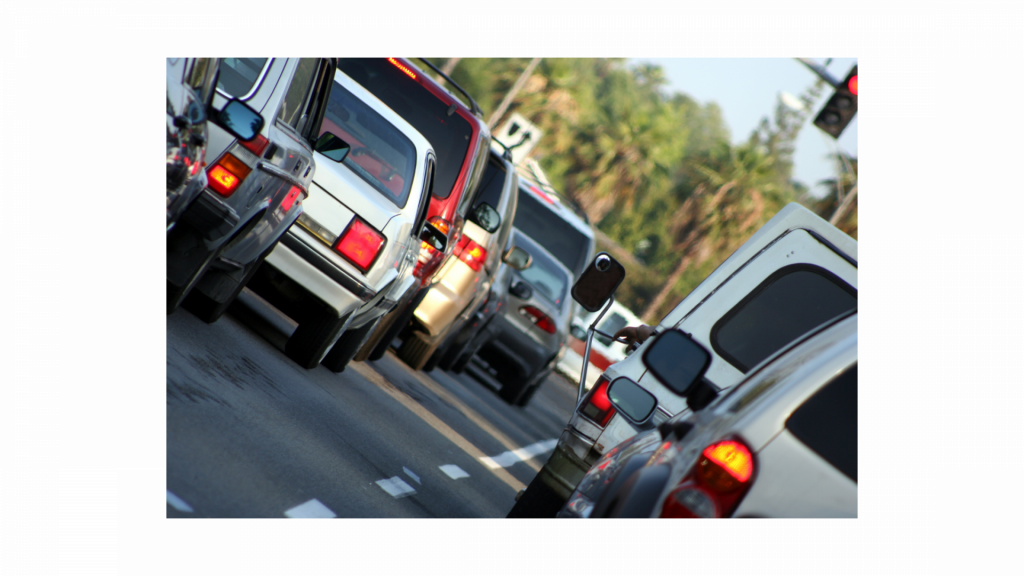Let’s give Millennials credit for one good idea: cutting down on commuting. Workers spend about 204 hours a year commuting, at a cost of $2600, according to the Census Bureau. That’s just the average, it doesn’t take into consideration the evitable traffic jam, the construction project or the overturned tractor trailer. No wonder commuting to work causes mental and health issues. But it’s not the just the individual who suffers from sitting in the car or the riding three different buses, the worker’s company does as well.
Commuting CEO
Not so long ago, the office location discussion always worked its way around to where the boss lived. While managers commute time to the office is still a major consideration, JCP’s practice is revealing a change in that dynamic. Since studies have shown that most employees spend their most productive hours making their way to the office, business owners and managers are acutely aware of where the employees live, particularly in service businesses. A good example is when Xerox started using home to office driving distances measurements in its hiring practices. As a result, the company saw a 20% drop in turnover and an increase in promotion. Jackson Cross Partners created a time/distance employee survey map for a client; we plotted the addresses of the employees and narrowed in on an office site based on the commute times. Our results shifted our focus in order to accommodate employees which ended being a win-win for the company.
Urban Appeal Cuts Down on Car Commuting and Parking Spaces
If there’s one thing that Millennials and their older counterparts have in common- it’s their preference for urban areas. City populations have increased 12% over the last ten years. Vacant industrial buildings are being rehabbed into swanky apartment buildings for hipsters who aren’t ready to buy. Baby boomers are exchanging grassy backyards for concrete patios. The Census Bureau says Philly is one of 15 large metro areas in the country that saw the steepest decline in automobile commuters in recent years. Central Philly Development Corporation found that close to 70% of non-Center City residents arrive at work by public transportation. This shift to public transportation and city living is impacting parking. Many cities, including Philly, have reduced or eliminated mandatory parking quotas. Instead developers are becoming more creative in “doling” out spaces. Developers, working on historic buildings in LA, offered some of the new tenants off-site parking, in lots and garages with excess capacity. The end result is even more appealing- lower costs are passed on to tenants.
Mixed-Use Developments
Back in 1994, a physicist found that throughout history- as far back as ancient Rome- most people dislike commuting more than one hour. It’s no wonder the number of people working remotely has more than quadrupled in the last few years. In order to bridge the gap between work and home, developers are building mixed-use developments, I touched on this topic last year. It’s a smart solution in markets where there’s a surplus of commercial real estate, especially in suburban areas. The most popular sites are those built commuting hubs, like light rail/subway stops. The value of the developments near those “hot spots” continue to go up.
The Future
Will self-driving cars, the growing popularity of Uber and remote offices change commuting- probably. However, if it changes commercial real estate is still yet to be determined.
For more information: John Morrissey or Transaction Services

